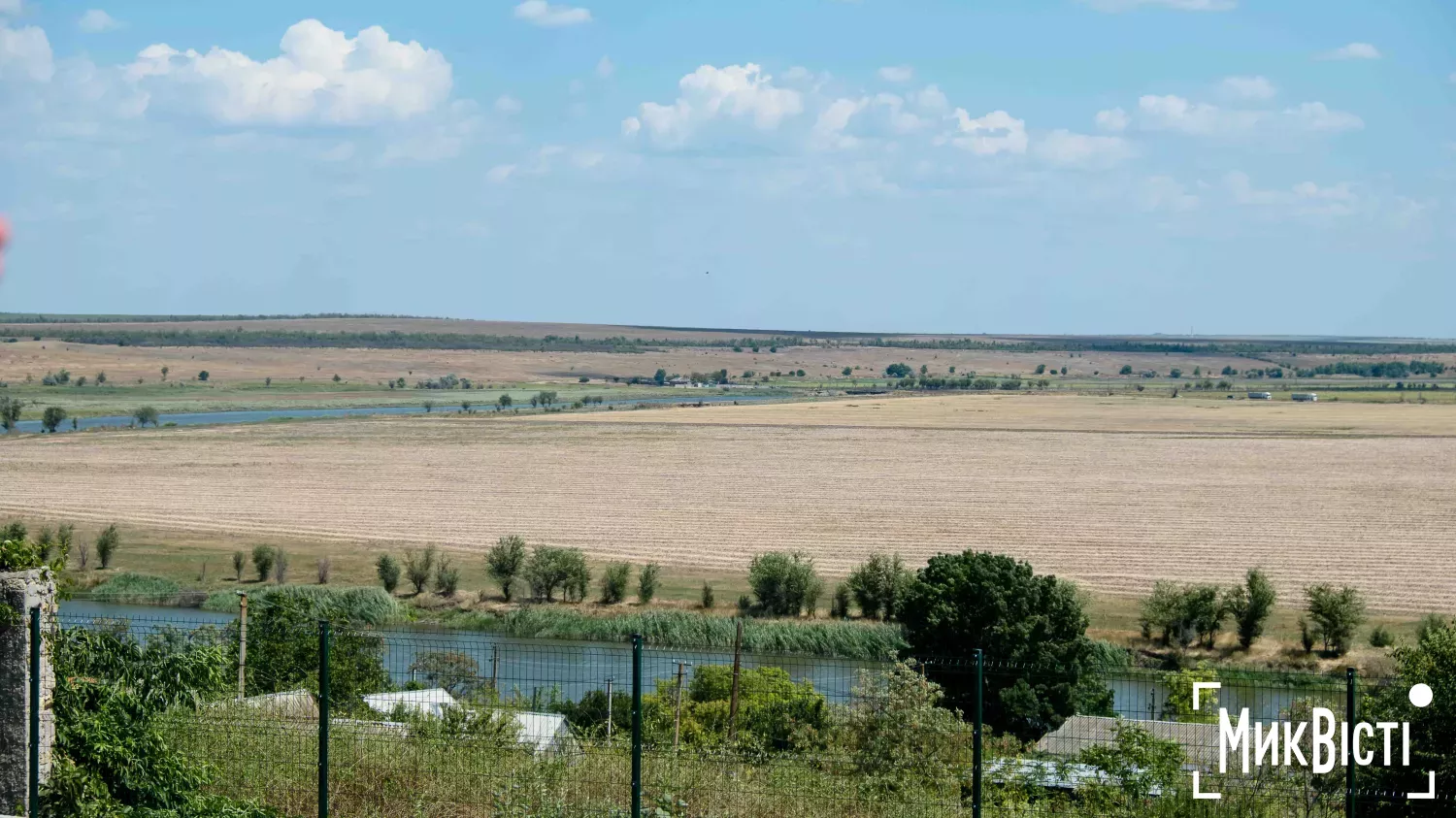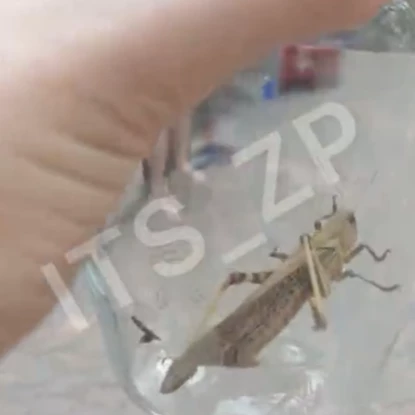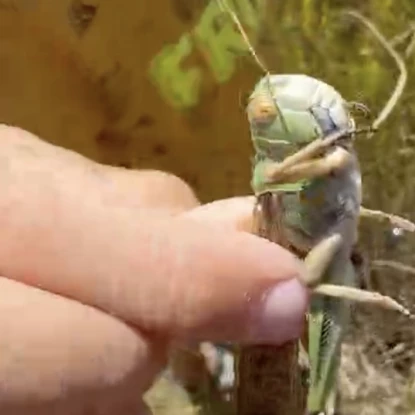The State Service of Ukraine for Food Safety and Consumer Protection in Mykolaiv region commented on the situation with the locust infestation: «No reason to worry, everything is under control»
- News of Mykolaiv
-
•
-

- Alisa Melik-Adamian
-
•
-
12:00, 29 July, 2025
There have been no locust outbreaks in Mykolaiv region, similar to those recorded in Zaporizhzhia and Kherson regions.
This was reported to NikVesti by Yaroslav Shydlovskyi, head of the phytosanitary safety department of the State Service of Ukraine for Food Safety and Consumer Protection in Mykolaiv region.
He explains that the locust is a local inhabitant, and it is not dangerous in itself. The problem arises only when the number of locusts exceeds the threshold of environmental harmfulness. Then it can cause damage to crops.
«Officially, there have been no outbreaks in Mykolaiv region, as there were in Zaporizhzhia and Kherson. There were indeed outbreaks over large areas. Our inspectors are conducting monitoring. Communities were provided with information, notifications to producers about the survey, and in case of detection, notifications to the State Service of Ukraine for Food Safety and Consumer Protection. We also conducted monitoring on the part of Kherson and Dnipro regions within the rivers where locusts like to live. Yes, there are locusts, but this detected number has always been there. There is no reason to worry,» says Yaroslav Shydlovskyi.
At the same time, if a potentially dangerous locust is detected, according to the law on plant protection, an official confirmation is made, after which a request for a special regime is submitted to territorial communities or local administrations. Then, everyone from farmers to local residents is involved in the fight against locusts.
«Everything is controlled, everything is monitored. Everyone is informed. We continue to monitor to have clear data on the number and distribution,» he adds.
In addition, Yaroslav Shydlovskyi noted that «has exaggerated the criticality of the situation in Zaporizhzhia region.
«People see the Internet, and the situation in Zaporizhzhia region is greatly exaggerated. In fact, a large area was treated to exterminate locusts. And the video was posted online and spread to the masses,» he said.
Where did the locust clouds come from in Ukraine?
Over the past few weeks, photos and videos of huge swarms of locusts in southern Ukraine have been circulating on social media.
First, such videos began to appear in Zaporizhzhia region, and later in Kherson and Odesa regions. Experts immediately explained that this species is called the migratory or Asian locust, which is particularly common in the south.
In a recent interview, Vadym Chaikovskyi, deputy head of the State Service of Ukraine for Food Safety and Consumer Protection, said that the reason for this increase in their numbers in the summer of 2025 is the war.
«Outbreaks occur annually on the territory of Ukraine, they happened last year and the year before that. They are caused by a number of factors that have become even more acute today. These include an increase in the average daily temperature, changes in natural and climatic conditions, and objective conditions. And let's face it, it's mostly the war. These are the abandoned lands near the contact line, the consequences of the destruction of the Kakhovka hydroelectric power station. The locust invasion is a consequence of Russia's ecocide against Ukraine,» said Chaikovskyi.
He urged the population not to dramatise the situation, as it is under control, although there are problems.
Чому ви читаєте «МикВісті»? Яка наша діяльність найбільш важлива для вас? Та чи хотіли б ви стати частиною спільноти читачів? Пройдіть опитування, це анонімно і займе 5 хвилин вашого часу





